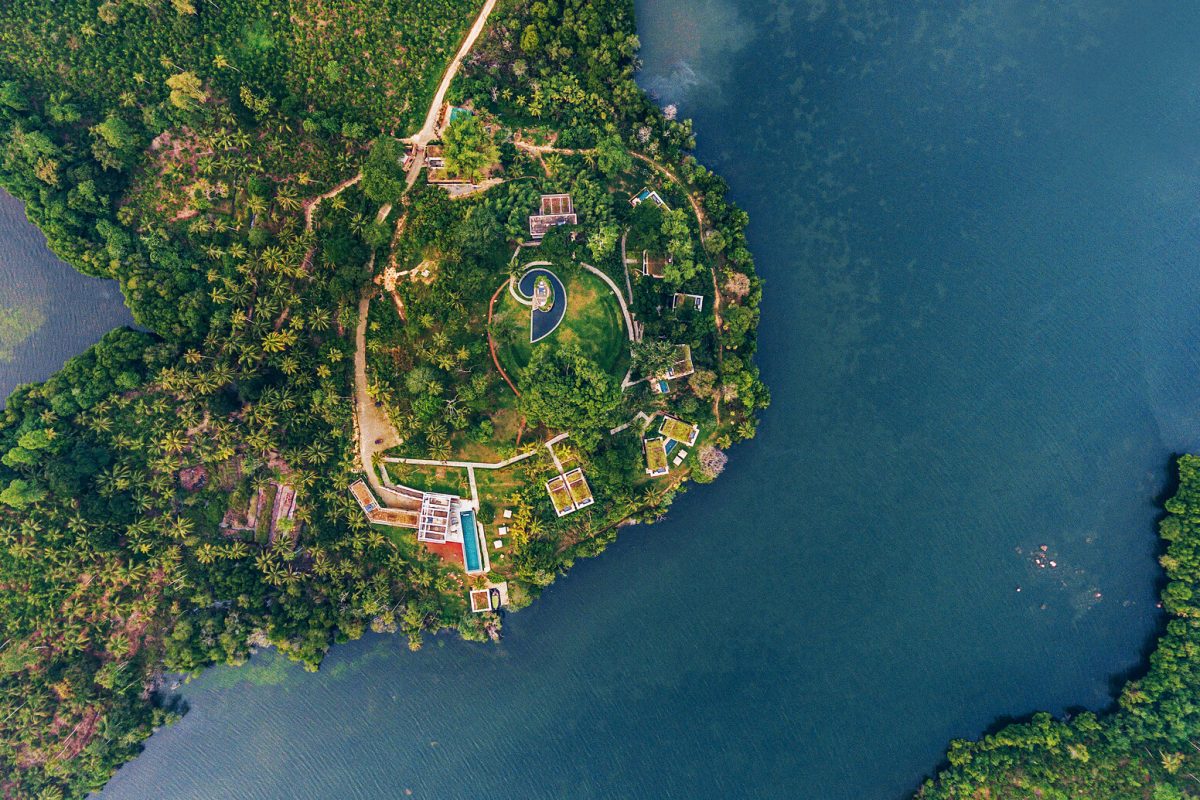Ayurvedic medicine is based on the principle that health and wellbeing depend on a balance between the mind, body, and spirit.
Ayurveda, the name of this ancient health medical system combines the Sanskrit words ayur – meaning ‘life’ – and veda – translating as ‘science’ or ‘knowledge’. Holistic, healing and nourishing, it is one of the world’s oldest systems of wellness, targeting the cause of any ill health rather than simply treating the symptoms.
Ayurvedic practitioners look at interconnectedness of people with their health and the world around them, considering the prakriti – or body’s constitution and your dosha – the life forces. The aim is always to restore the balance of the three doshas – Vata, Pitta, Kapha.
Ayurvedic physicians prescribe bespoke treatments which might involve herbal therapies, exercises or a special diet. Digestion – or agni – is the fire that gives your metabolism its life energy, or ojas. It is believed to be the most important function for health, growth and wellbeing. Since diet – paka – is an important factor in Ayurveda, our menu is local, seasonal and as organic as can be and many of the herbs, fruit and vegetables used in our cuisine are grown on our grounds – nutritious eating is at the heart of Tri’s philosophy.
What are the three doshas?
Vata – a body type that reflects the elements of space and air; meaning ‘wind’, it is the energy that powers all biological activities. Typical signs of a Vata imbalance may include anxiety, dryness of the skin and constipation.
Pitta – a body type that reflects the elements of fire and water; this fiery quality means ‘that which cooks’ and its antidote a soothing alkaline diet and calming, meditative activities. It can mean a great enthusiastic drive for life, but this can also tip into anger.
Kapha – a body type that reflects the elements of eater and earth and translates from Sanskrit as ‘that which sticks’. Clues to this prevalence are overeating and a sedentary lifestyle.
What’s special about an Ayurvedic massage?
A full traditional Ayurvedic body massage uses a therapeutic herbal oil. Shirobhyanga is the classic rejuvenation therapy of dripping warm oil on your third eye with the aim of rebalancing you. Special attention given to acupressure points to help encourage the release of blockages and lymphatic drainage – relaxing, de-stressing and at the same time revitalising.
At Tri, Ayurvedic therapies happen in treatment rooms next to our yogashala which floats in a bamboo grove above the library. In this haven of tranquility, there is also a steam room and a chill-out area.



